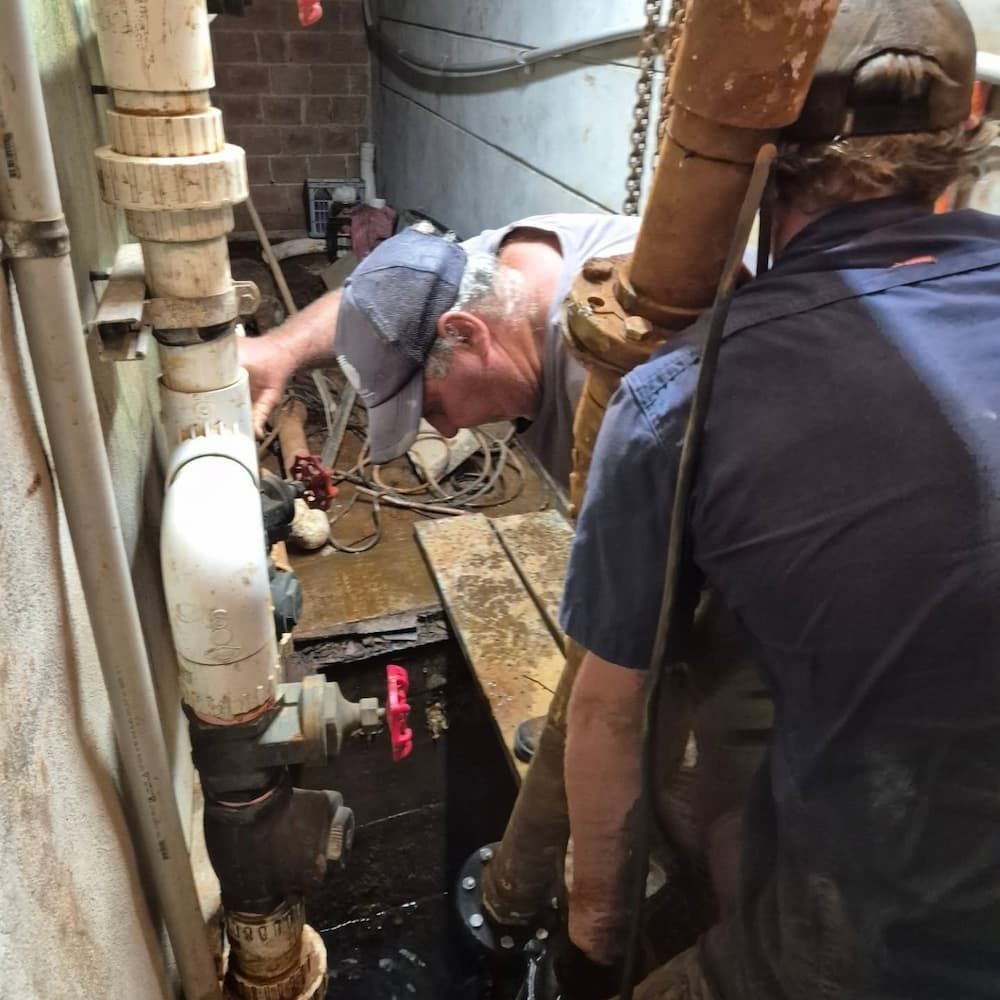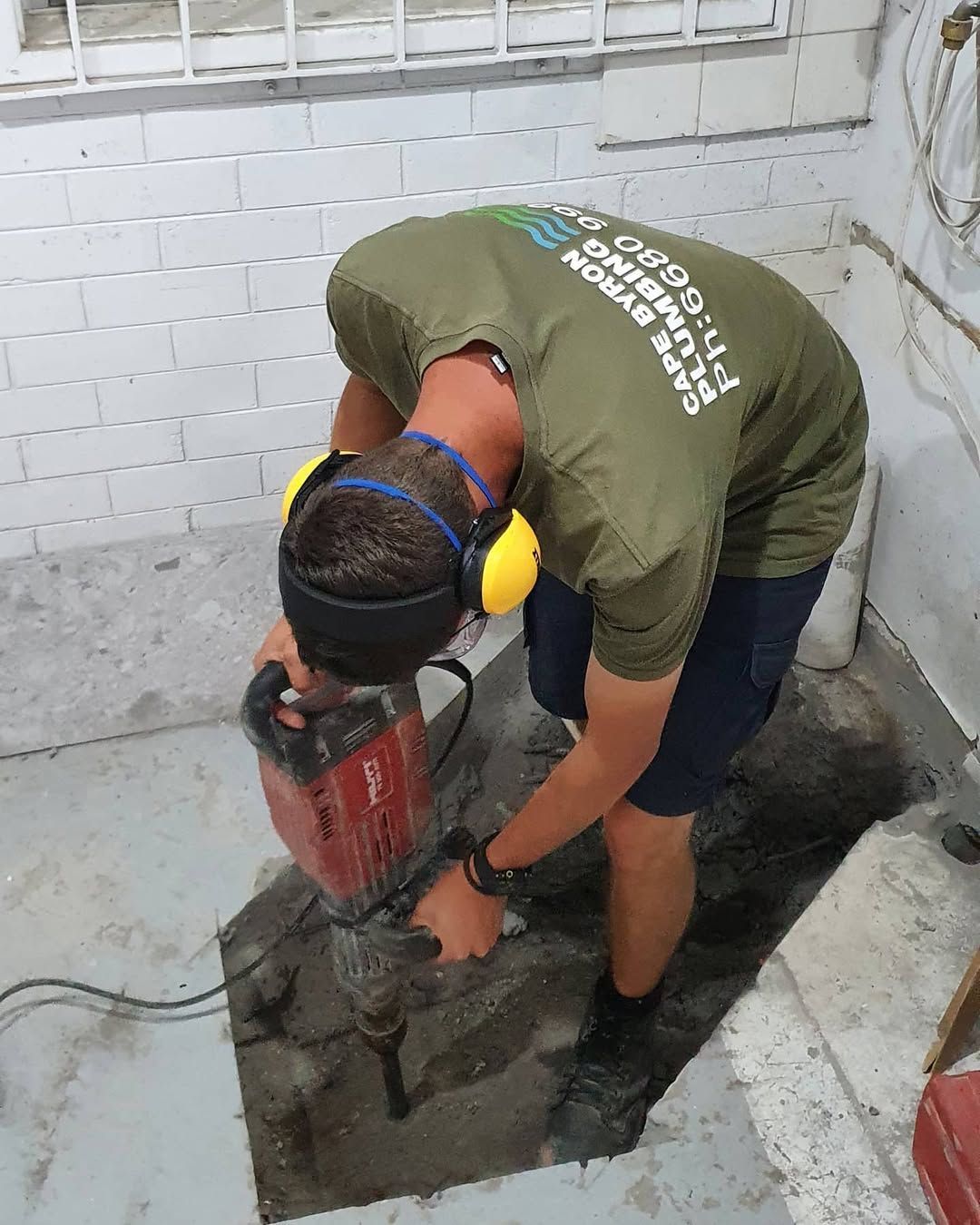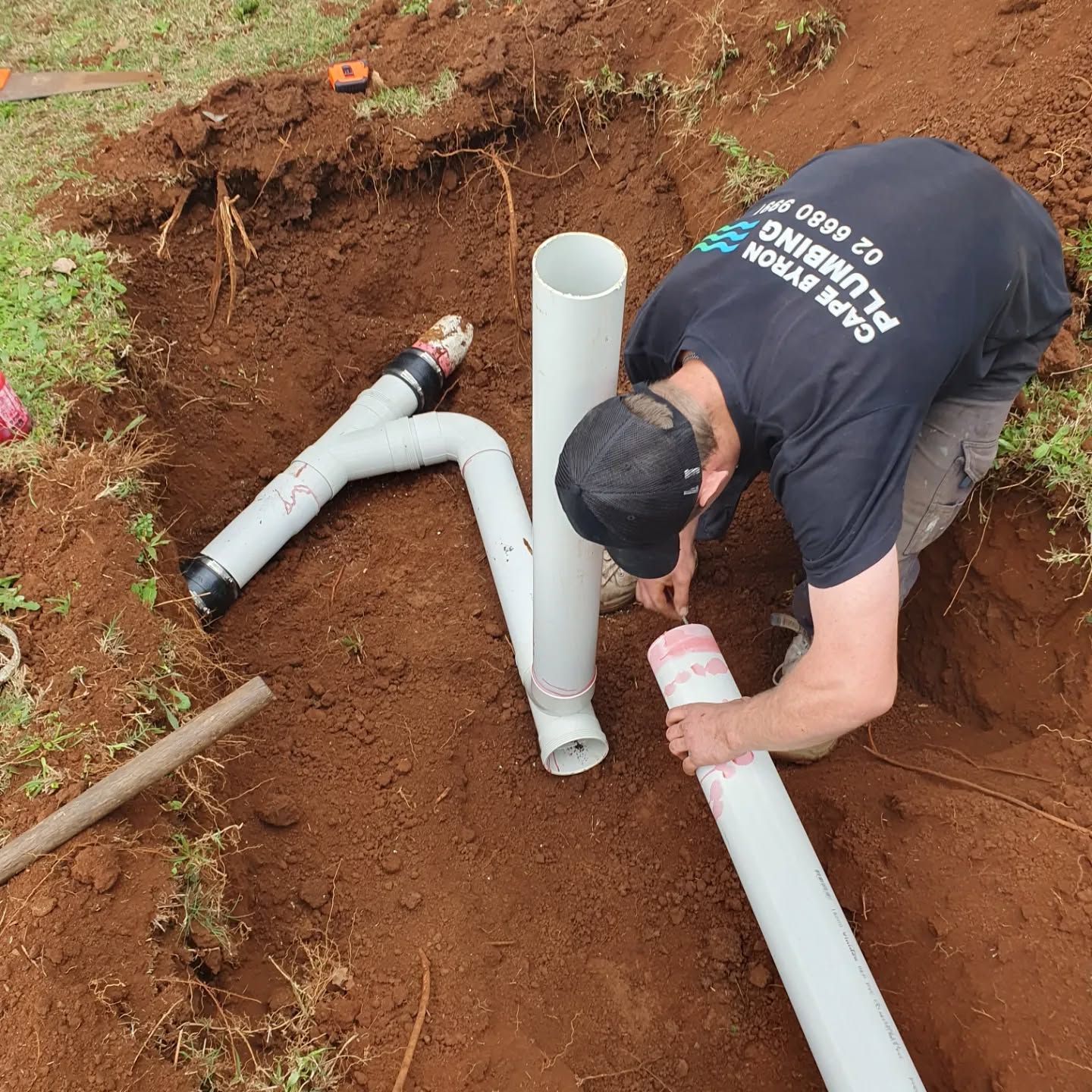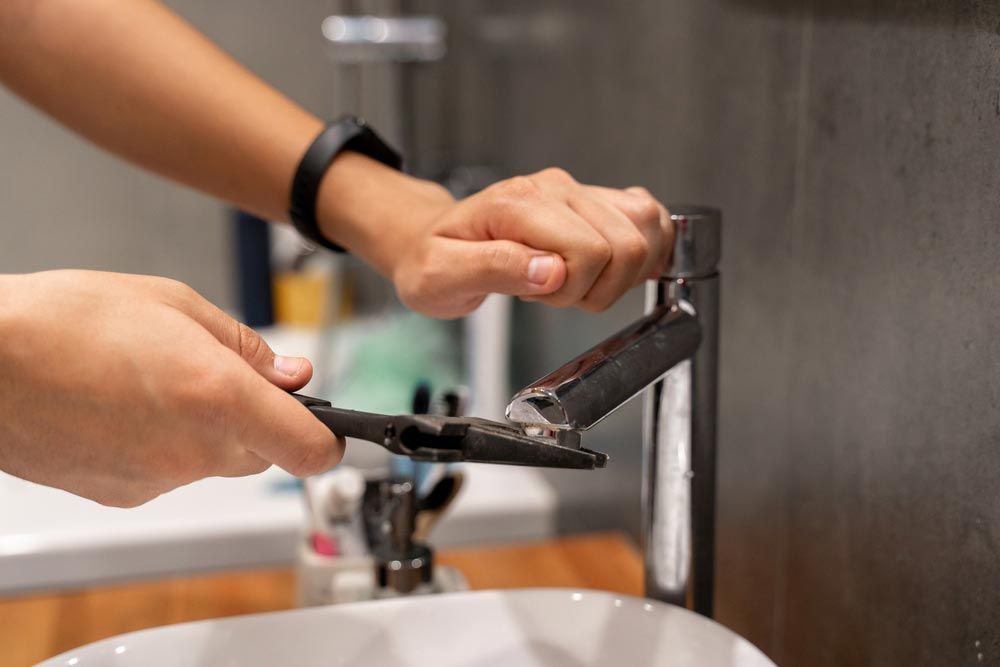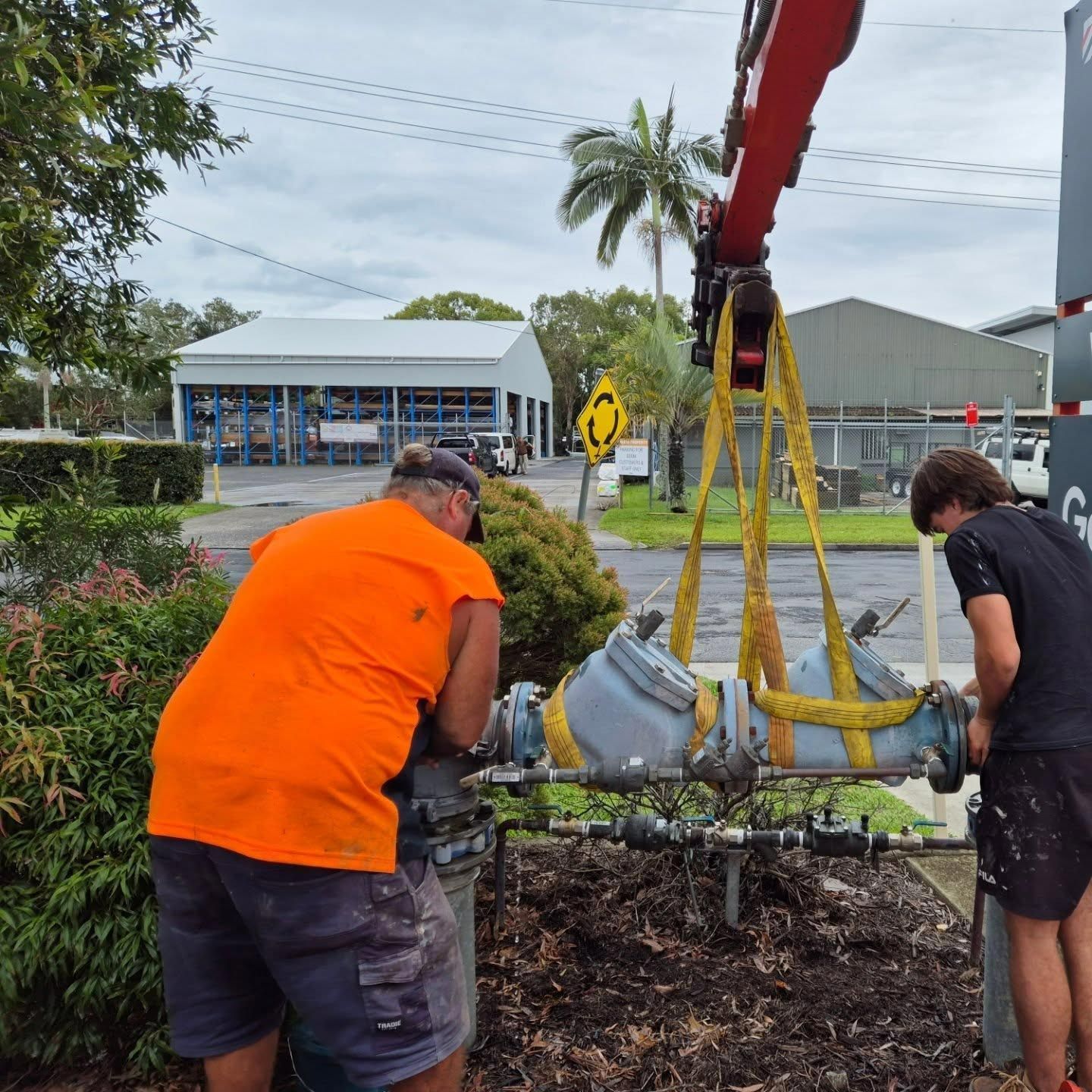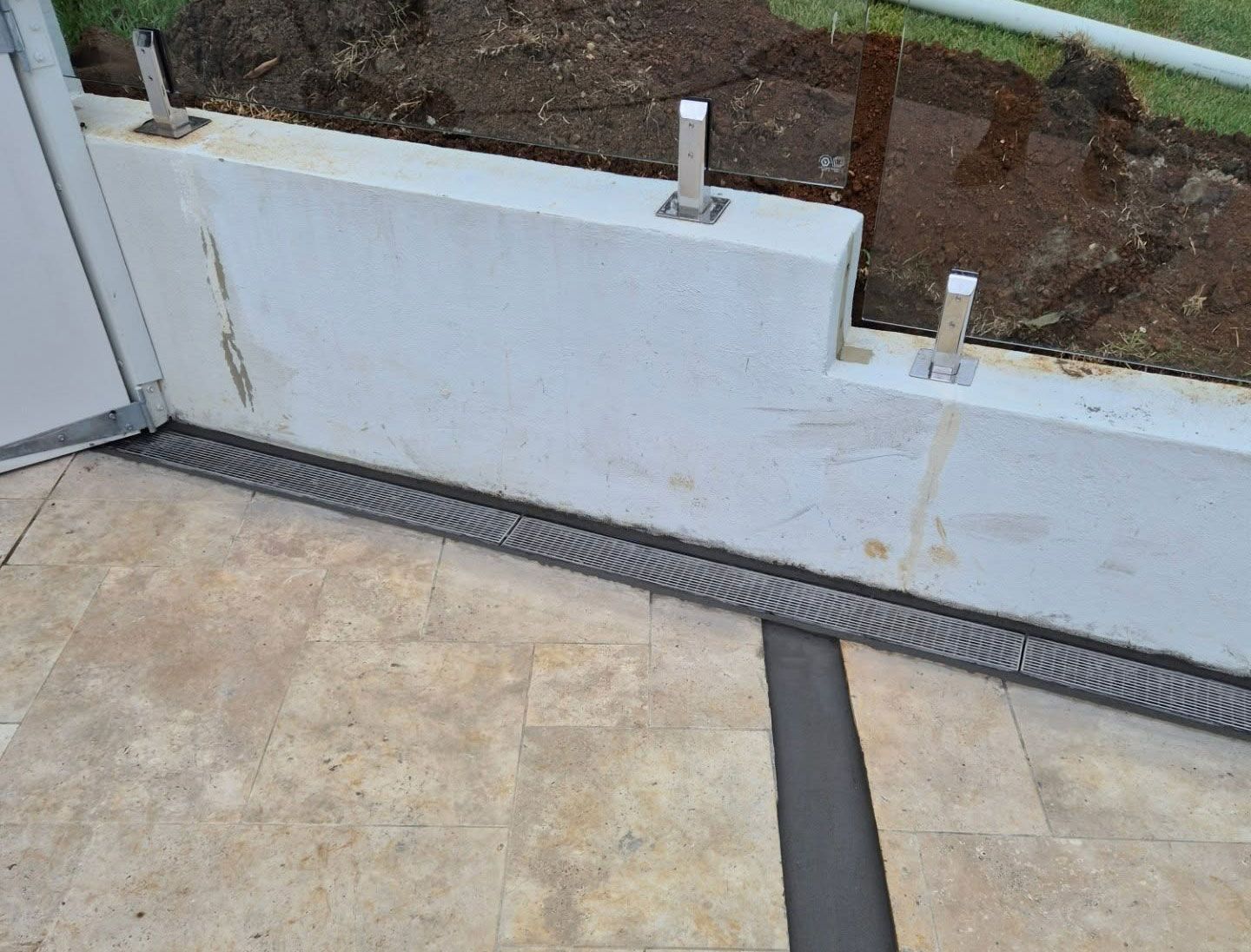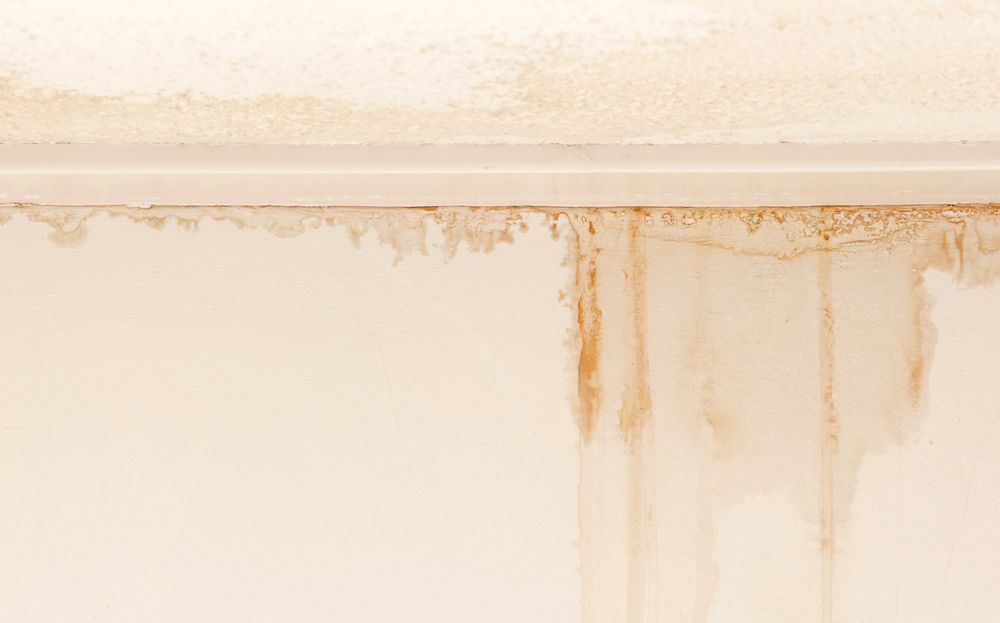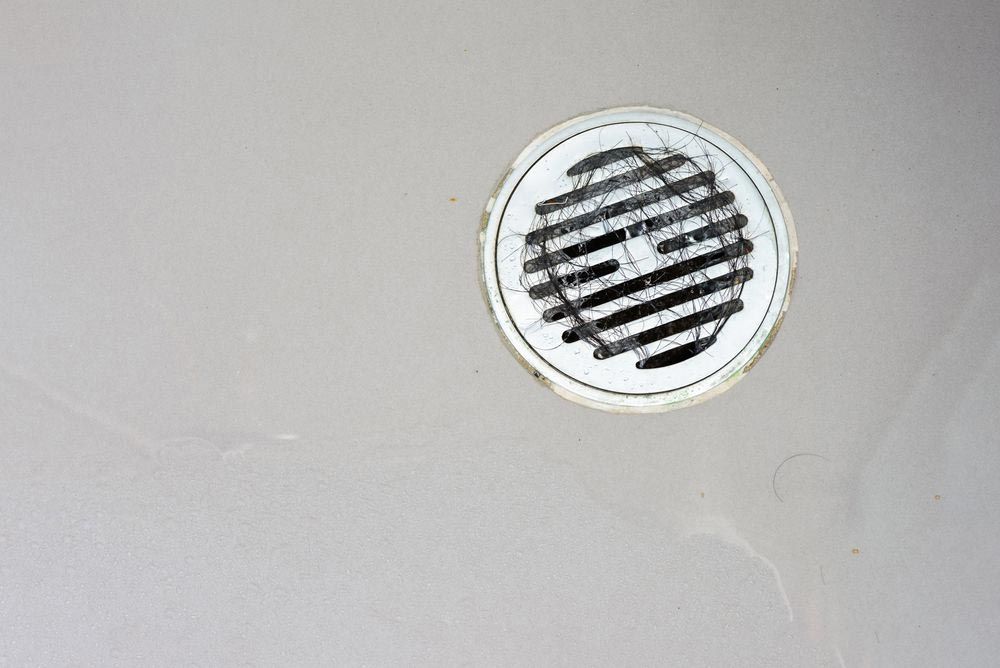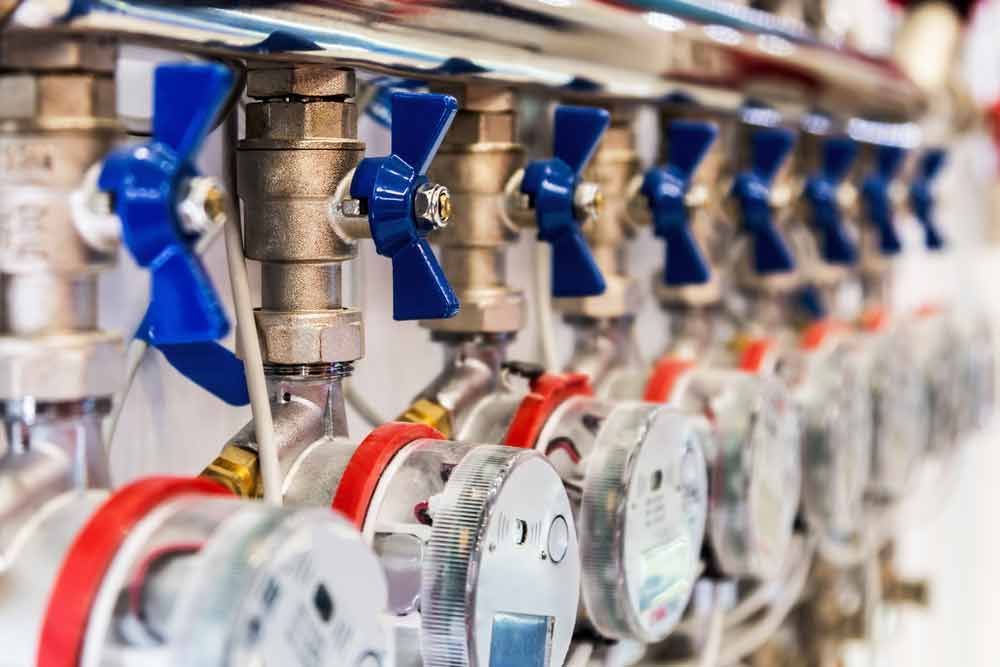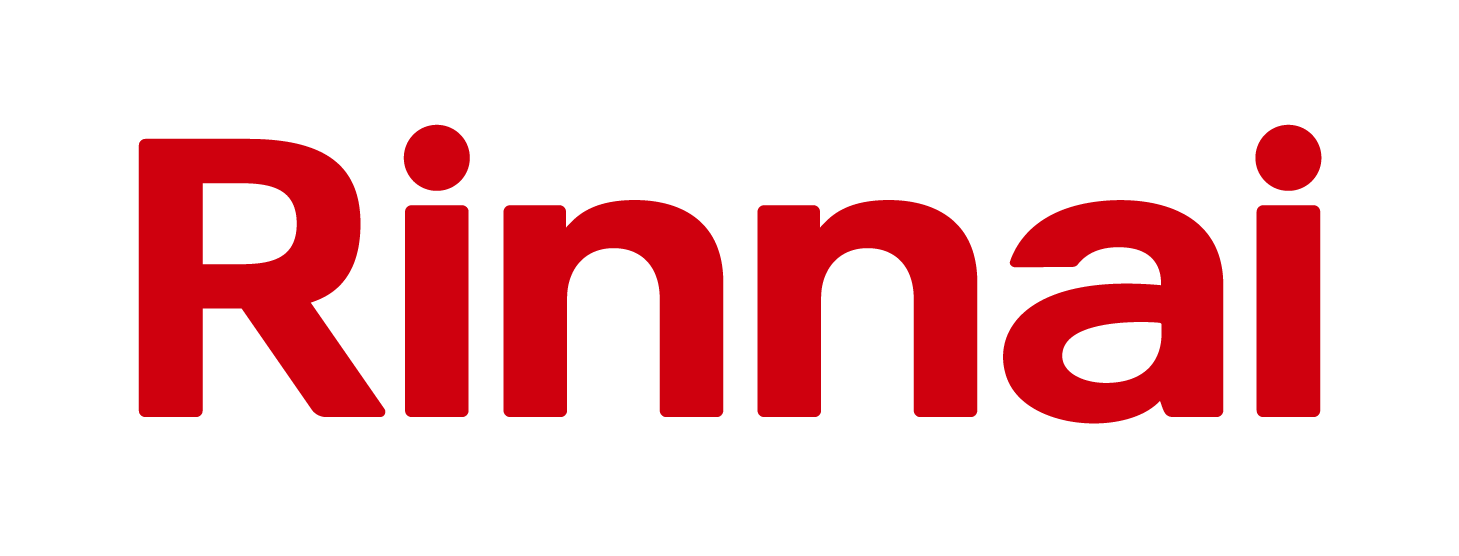What Is The Best Option For Purifying Rainwater Tanks?
Rainwater tanks play a crucial role in storing precious water resources. Ensuring the safety and purity of the water stored in these tanks is paramount. In this article, we will explore options available for purifying rainwater, providing valuable insights and guidance for optimising water purification methods.
Importance of Purifying Rainwater Tanks
Ensures safety
Eliminating potential contaminants, microorganisms, and pollutants present in untreated rainwater makes it safe for consumption and various household activities.
Enhances water quality
Purification removes sediments, debris, and dissolved impurities, resulting in cleaner, clearer and better-tasting water.
Sustainability and self-sufficiency
Purifying rainwater stored in tanks reduces reliance on mains water, promoting sustainable water management and increasing self-sufficiency.
Common Methods of purifying rainwater tanks
Filtration systems
Effective in removing sediments, debris and larger particles, these systems typically consist of sediment filters, carbon filters and micron filters.
UV disinfection
Utilising ultraviolet light, this chemical-free method kills or inactivates harmful microorganisms present in rainwater. It may require a pre-filtration system for optimal results.
Chemical treatment
Involves using disinfectants like chlorine or ozone to eliminate microorganisms, but correct dosage and safety guidelines must be followed. Additional filtration may be required to address taste or odour.
Reverse osmosis
This process uses a semi-permeable membrane to remove dissolved impurities, including salts and heavy metals. However, it can be expensive and generates significant wastewater.
Maintenance Tips for Rainwater Tanks
- Check for signs of leaks or cracks, especially around fittings and valves. Promptly address any issues to prevent water loss and maintain the tank's structural integrity.
- Keep your filters in optimal condition by cleaning or replacing them regularly. Inspect and clean sediment filters, carbon filters and micron filters according to manufacturer recommendations.
- Ensure that the overflow and drainage systems are free from blockages and functioning properly. Regularly check and clean the outlets to prevent overflow or water backup.
- Periodically test the water quality to ensure it meets safety standards. Use water testing kits or consult a professional water testing service.
- Consider scheduling professional servicing for your rainwater tank system, including inspections, maintenance and cleaning. Experienced professionals can identify potential issues and offer expert solutions.
Factors to Consider When Choosing a Purification Method
When selecting a purification method for rainwater tanks, several factors should be considered, including:
Requirements and Purposes
Consider the specific needs of your household or property, such as drinking water or irrigation, and choose a purification method accordingly.
Maintenance and Operational Costs
Evaluate the maintenance needs and associated costs, including filter replacements, energy consumption and professional servicing.
Environmental Impact and Sustainability
Assess the environmental impact, aiming for energy-efficient options with minimal waste generation.
Byron Bay's Climate
Consider the local climate and rainfall patterns to determine the most suitable purification method for consistent water quality.
Quick Tip
Regularly clean the gutters and downspouts connected to your rainwater harvesting system to enhance the purity of your stored rainwater. By removing leaves, debris and other contaminants from the collection system, you prevent them from entering your tank. Schedule routine maintenance to ensure proper water flow and minimise the risk of blockages. This simple step contributes to maintaining cleaner and safer rainwater for your household needs.
Best Option for Purifying Rainwater tanks
After careful evaluation, the recommended option for purifying rainwater tanks is a combination of filtration systems and UV disinfection. This approach ensures the removal of physical particles and harmful microorganisms, providing safe and clean water for various purposes. It strikes a balance between effectiveness, affordability and ease of maintenance.
Reliable Rainwater Tank Solutions from Cape Byron Plumbing
At Cape Byron Plumbing, we understand the significance of purifying rainwater tanks to ensure a healthy water supply for your household. We are dedicated to delivering top-quality services tailored to the unique requirements of Byron Bay residents. Contact us today to discuss your rainwater tank needs and we’ll assist you in achieving clean and safe rainwater for your home.

